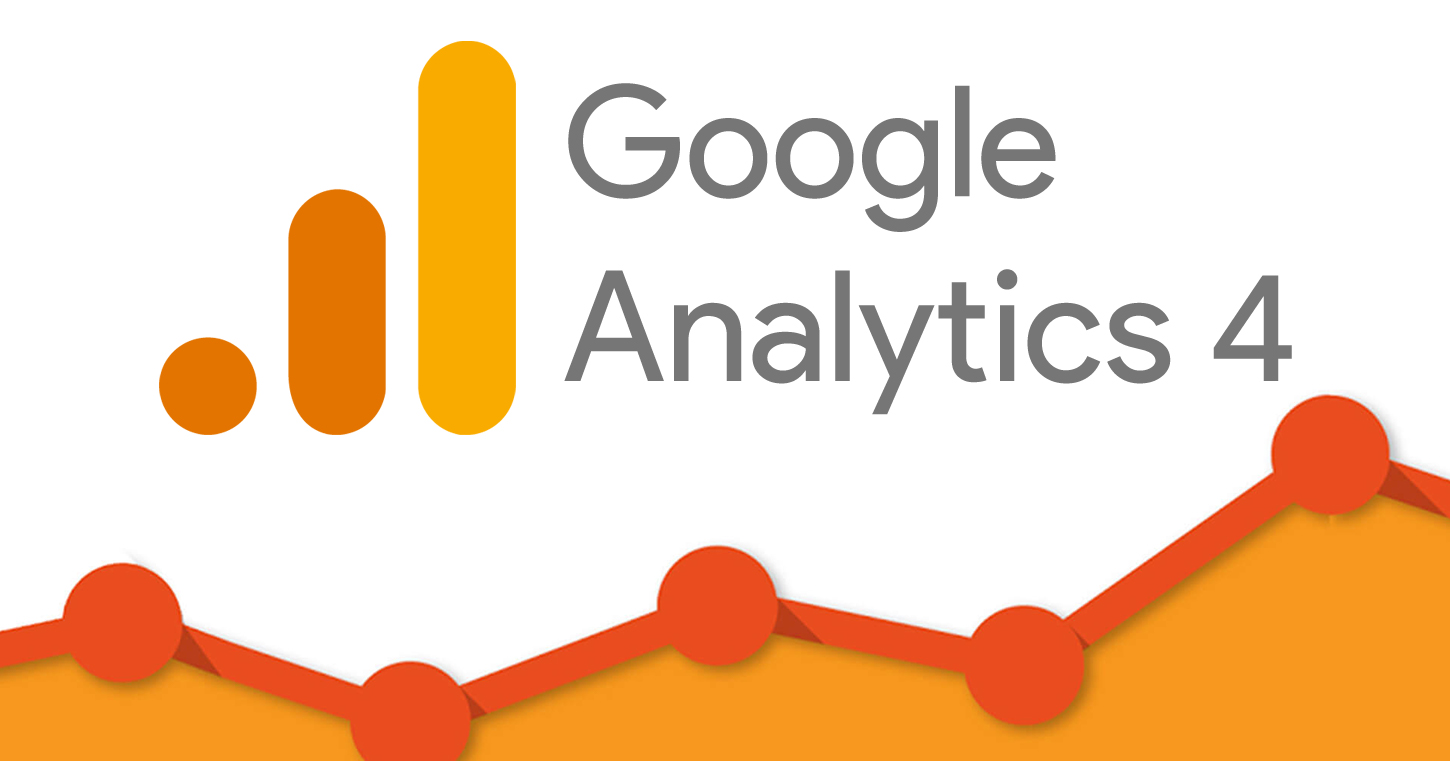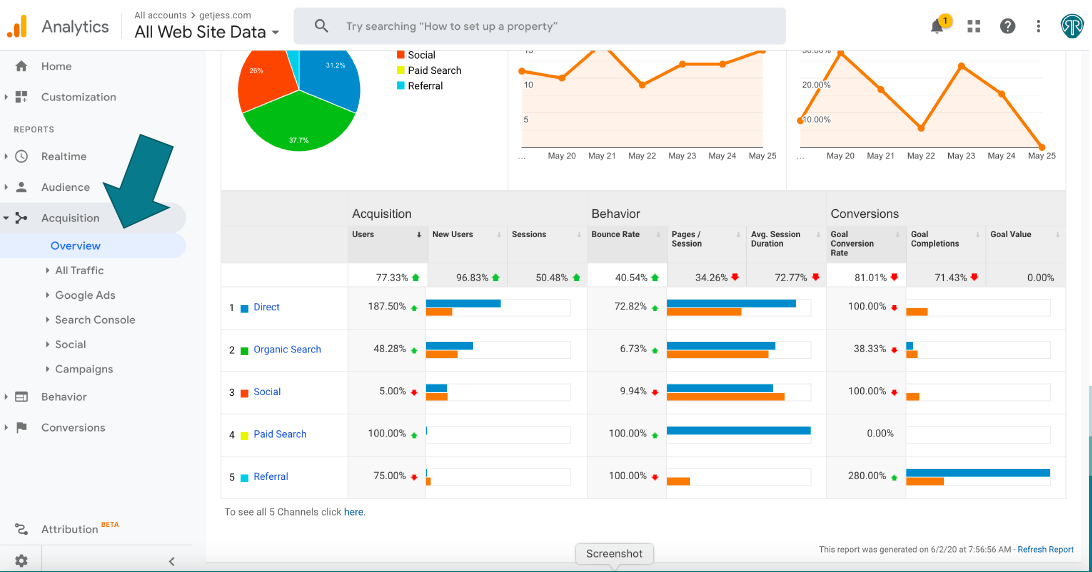What is a "Dimension" in Google Analytics? Everything You Need to Know for Effective Use
What is a "Dimension" in Google Analytics? Everything You Need to Know for Effective Use
Blog Article
Transform Your Information Evaluation With Specialist Tips on Google Analytics Capacities
Enhancing your data analysis capabilities via Google Analytics dimensions can be a game-changer in analyzing the complexities of user communications and on-line traffic. By tactically leveraging these dimensions, you can obtain useful understandings that lead the way for informed decision-making. The elaborate web of information points waiting to be checked out holds the crucial to unlocking a treasure of information that can reinvent your understanding of digital performance. Via professional tips and strategies in taking advantage of Google Analytics dimensions, a globe of untapped potential beckons, promising a much deeper understanding of your online ecosystem.
Comprehending Google Analytics Dimensions
Google Analytics Measurements play a crucial function in giving beneficial understandings right into the efficiency of an internet site or online system. Measurements are qualities of information that allow you to segment and organize your analytics information.
Measurements classify data into different teams, such as traffic sources, customer demographics, actions, and modern technology made use of. This division allows services to determine patterns, trends, and chances for optimization. Understanding the various dimensions readily available in Google Analytics is essential for interpreting information precisely and making notified decisions to improve internet site efficiency and individual experience.
Choosing the Right Capacities
Choosing the ideal measurements in your Google Analytics configuration is an important element in effectively assessing and analyzing data. Measurements in Google Analytics refer to the features of your information, such as source, tool, gadget kind, or geographical area. When selecting dimensions, consider what details insights you intend to get from your data analysis.

It is important to select dimensions that straighten with your business goals and the inquiries you seek to respond to. By choosing the appropriate dimensions, you can boost the depth and accuracy of your data evaluation, bring about more enlightened decision-making and actionable insights.
Utilizing Custom Dimensions Successfully
When intending to dig much deeper right into specific information factors beyond the basic measurements supplied by default in Google Analytics, making use of personalized dimensions can offer a tailored technique to monitoring and analyzing unique metrics. Custom measurements permit you to specify and gather information that matters most to your organization, supplying an extra detailed view of user interactions and habits on your internet site. By producing custom measurements, you can section and assess information based upon criteria specific to your service objectives, such as client demographics, content communications, or marketing project performance. This level of modification enables you to get insights that basic dimensions may not catch, leading to even more enlightened decision-making procedures and targeted optimization strategies. To effectively make use of personalized measurements, it is necessary to plan and implement them thoughtfully, guaranteeing they align with your information and goals analysis requires. Consistently examining and refining your custom-made dimensions based on transforming service demands is key to making best use of the worth they give your Google Analytics data evaluation efforts.

Advanced Strategies for Dimension Analysis
For comprehensive data analysis and acquiring beneficial understandings from your Google Analytics reports, grasping innovative techniques for dimension analysis is necessary. Advanced strategies for dimension analysis involve diving deeper into the data to reveal even more detailed insights. One such technique is segmenting dimensions to produce more targeted analysis. By integrating numerous measurements, such as traffic sources and user demographics, you can gain a better understanding of exactly how different segments redirected here of your audience behave on your web site.
One more sophisticated technique is utilizing custom reports to evaluate dimensions throughout different metrics. This enables you to contrast and contrast how specific measurements influence different facets of your website efficiency. Furthermore, leveraging the power of additional measurements can give additional context to primary dimensions, offering a much more thorough view of your information.

Improving Information Visualization With Dimensions
To enhance the understanding and interpretation of data gathered with Google Analytics, enhancing information visualization with dimensions is a strategic approach. Dimensions in Google Analytics supply descriptive features of data, enabling individuals to sector and arrange details for more clear understandings.
Improving information visualization with dimensions not just simplifies the presentation of data but also aids in making educated choices based upon the evaluation. Aesthetic representations provide a quick and user-friendly way to realize key metrics and performance indications, promoting interaction and cooperation within a company. By integrating dimensions into data visualization strategies, organizations can unlock the full possibility of their Google Analytics information and drive data-informed techniques for development and optimization.
Final Thought
In final thought, mastering Google Analytics measurements is necessary for opening beneficial insights and enhancing decision-making. By carefully picking dimensions straightened with crucial performance indications, utilizing personalized dimensions properly, and applying innovative methods such as division and secondary measurements, you can uncover patterns in individual actions and web traffic resources. Improving data visualization with clear depictions of findings will better aid in analyzing complicated data and driving efficient development strategies.
When intending to Click This Link dive deeper into details data points beyond the typical dimensions supplied by default in Google Analytics, making use of customized measurements can supply a tailored technique to monitoring and analyzing unique metrics. Furthermore, leveraging the power of directory second dimensions can offer extra context to primary dimensions, supplying a more extensive view of your data.
To boost the understanding and analysis of information gathered with Google Analytics, improving data visualization with dimensions is a calculated strategy (what is a “dimension” in google analytics?). By integrating dimensions into information visualization strategies, organizations can unlock the full potential of their Google Analytics data and drive data-informed techniques for growth and optimization
By very carefully picking measurements straightened with vital efficiency indications, making use of custom dimensions successfully, and using sophisticated methods such as segmentation and additional dimensions, you can uncover patterns in user habits and traffic sources.
Report this page